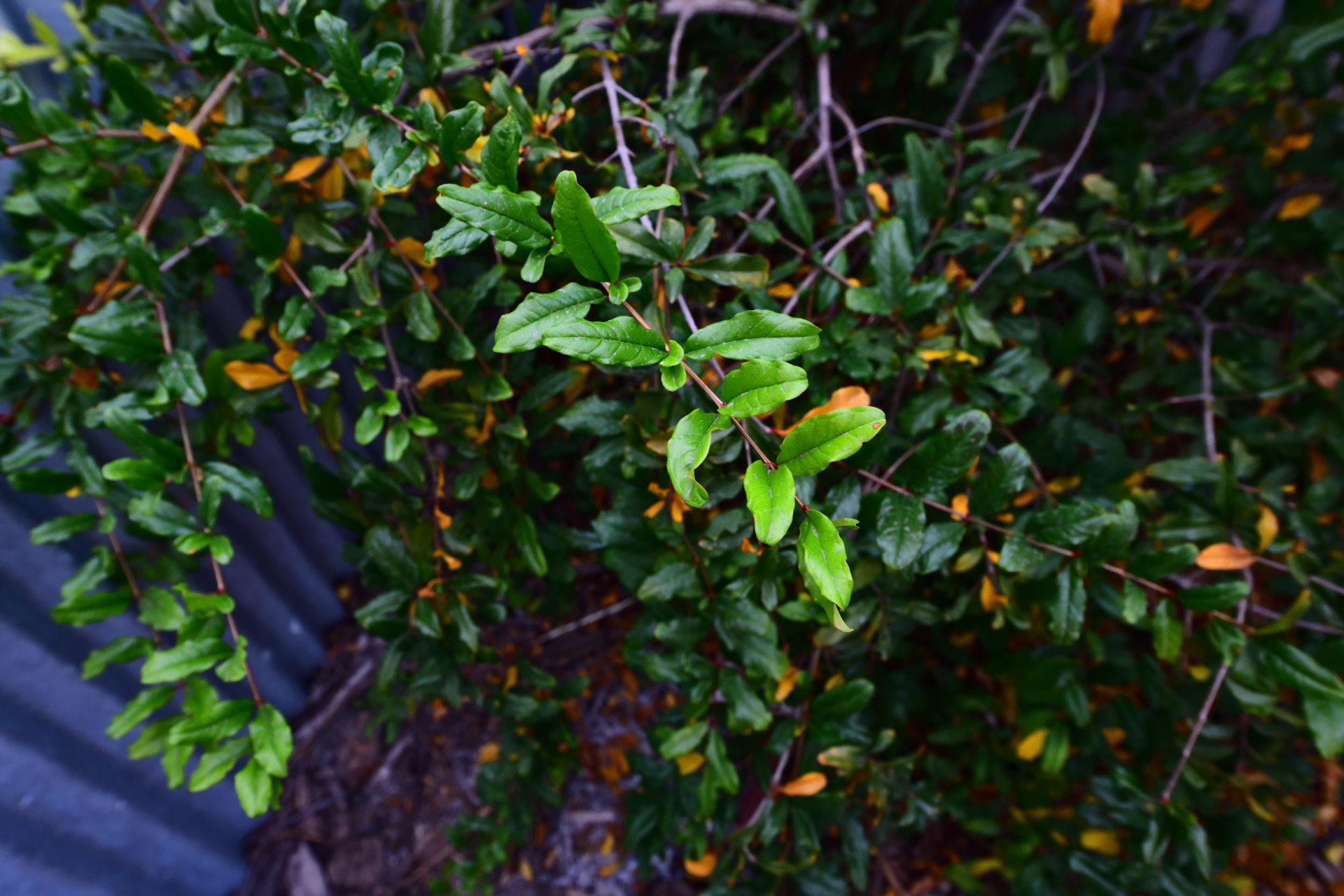During the past couple of decades, I’ve learned a lot about water harvesting and landscaping in an arid environment. In my forthcoming book, I’ll share key insights with you. Here’s a preview:
Xeriscaping 101
My initial foray into water harvesting was motivated by a desire to save on the water bill more than anything else. Be that as it may, I do have a xeriscape happening in my yard.
What’s a xeriscape? The word is a combination of two words. “Xeri” comes from Greek and means “dry.” And then there’s “scape,” the second syllable in “landscape.” The goal: To create an attractive landscape that saves water via native and other plants that can survive in an arid climate.
A Xeriscaped Landscape Consists of 3 Zones:
Zone #1: The Oasis. This one is closest to the house. It’s where you put the plants that need a lot of water. This includes your fruit and vegetable gardens.
Zone #2: The Transition Zone. This is a good place to put plants that need occasional watering to supplement rainwater.
Zone #3: The Arid Zone. This is a fabulous place for cactus and other natives that can survive on rainwater alone.
Why I Choose to Xeriscape
A tight budget dictated my choice of plants. It also dictated how I acquired many of my plants. I brought potted prickly pear and aloe from the apartment I was renting before I bought my house. Friends and neighbors contributed other kinds of plants, and the rest were purchased from plant sales, private nurseries, and Trees for Tucson.
Since I wasn’t keen on installing an irrigation system and paying a higher water bill, I decided to use greywater and rainwater to keep the landscape going. For my first 13 years here, my greywater harvesting system was simple: I scooped dishwater out of my kitchen sink, then bucketed it out to the plants.
In September 2017, I upgraded to a laundry-to-landscape greywater system that irrigates three fruit trees. Has the greywater bucket brigade been retired? Hardly. I’m still sharing the dishwater with my “oasis” plants, especially during the summertime, and with my three raised vegetable garden beds.
How often do I water my plants? The simple answer is: It depends on the plant. Some of them, like the cactii and the mesquite and ironwood trees, never encounter my garden hose or watering can. They’re part of my rain garden, which means that they live solely off rainwater with no supplemental irrigation.
Other plants, like my fruit trees and the vegetable garden are very dependent on supplemental irrigation. During hot and dry times, the vegetable garden gets daily watering, and the fruit trees will get the greywater from my twice-weekly laundry sessions.
TIP: Track the book’s progress by subscribing to my monthly email newsletter. Here’s your form:
